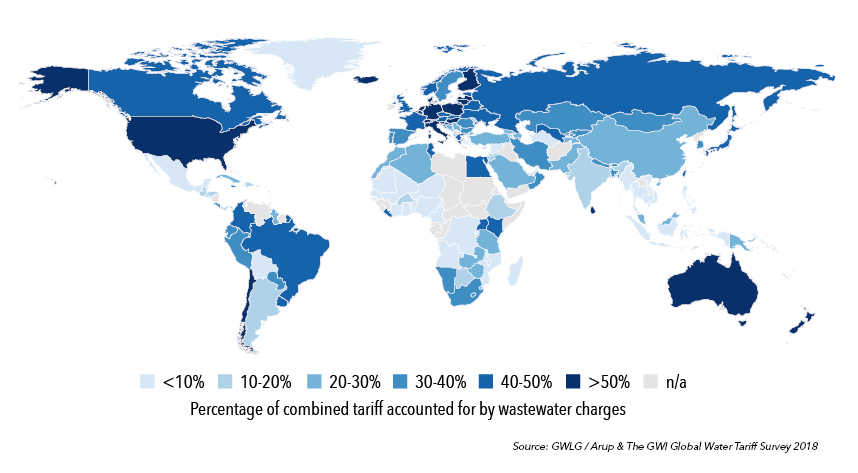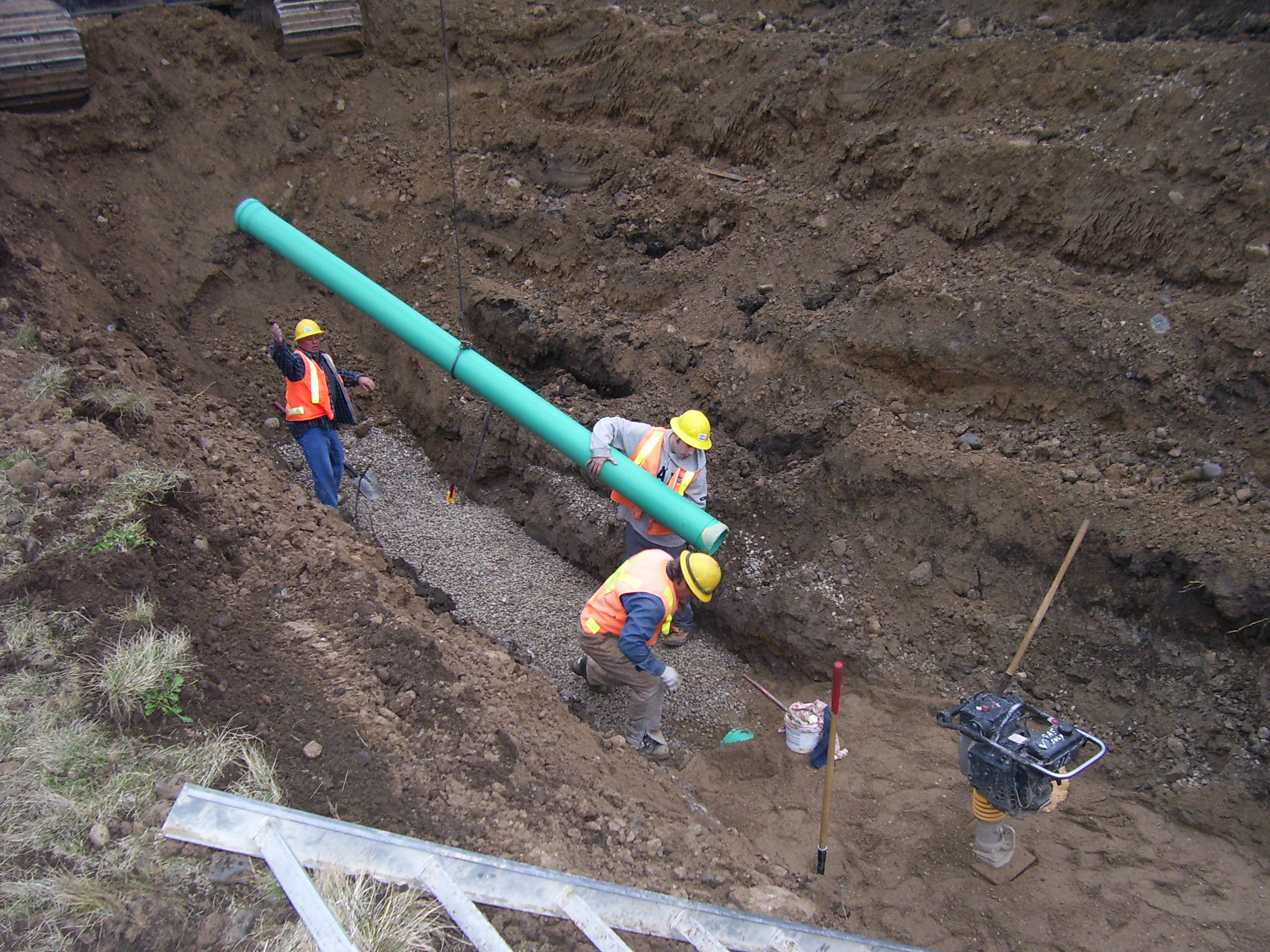Global Water Intelligence (GWI) has posted results from its 2018 Global Water Tariff Survey, which provides insight into changes in utility consumer rates for for water and wastewater services.
GWI’s survey found that the average tariff, or rate, for wastewater services grew by 4.1 per cent between July 2017 and July 2018, compared with a 3.5 per cent growth in the average water tariff over the same period. The survey results draw from data collected by GWI on water and wastewater rates across 512 cities in 191 countries. The data suggest rising wastewater operating costs are a key driver of the rate hikes seen across North America and Europe this year.

“Wastewater is more expensive to manage properly than drinking water, so wastewater tariffs ought to be higher than drinking water tariffs. There is problem however,” said GWI publisher Christopher Gasson. “Traditional sewer systems with wastewater treatment plants are unaffordable for low-income communities and it is killing people.”
The white paper revealed that in all but two regions (the Middle East & North Africa and Eastern Europe & Central Asia) the average wastewater rate grew more than that for water supply. GWI’s team of analysts found that many utilities are increasing wastewater service rates to fund sewerage network upgrades, as cities across the developed world act to address growing concerns over ageing infrastructure, stormwater management, and micropollutants.
GWI found that US cities led the way in wastewater rate increases, having historically found it easier to push through wastewater tariff hikes than raise water rates. As well, GWI found that wastewater services now cost 139 per cent of water services on average in the US, compared with just 88 per cent in Western Europe. North America is now the most expensive region for utility wastewater, accounting for 7 of the top 10 cities with the highest wastewater tariffs recorded in the 2018 survey.
More information can be found on Global Water Intelligence’s website.









